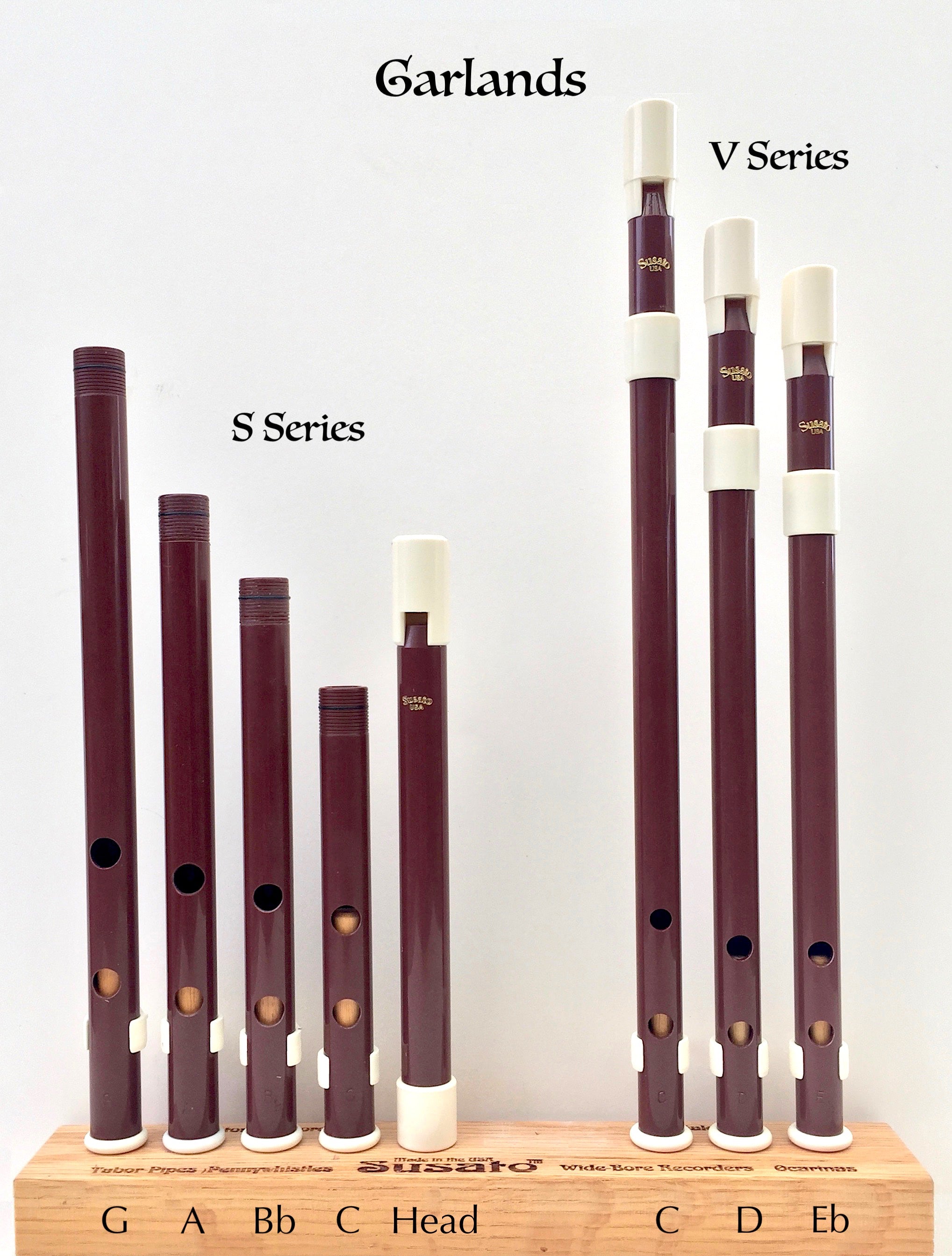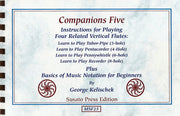Three-holed pipes for one-handed playing are known in many parts of the world since Medieval times. Tabor-Pipes have two finger-holes in front and one thumb-hole in the back. The instruments are designed to be played with one hand, so that the other hand is free to play a tabor-drum, a stringed-tambour, or hurdy-gurdy. Tabor-Pipes can produce a contiguous scale of one octave and a fifth, ample range for any folktune! Some people manage to play two 3-hole pipes simultaneously. It is possible to play contiguous scales because the pipes are designed to allow the playing of a series of five or more harmonics, using the three tone-holes only for filling in those notes that are not part of the harmonic series. The Tabor-Pipe plays a major scale beginning with a sequence of a major diatonic scale: whole-tone, whole-tone, whole-tone, semi -tone. |
|||||||
Your cart is currently empty




